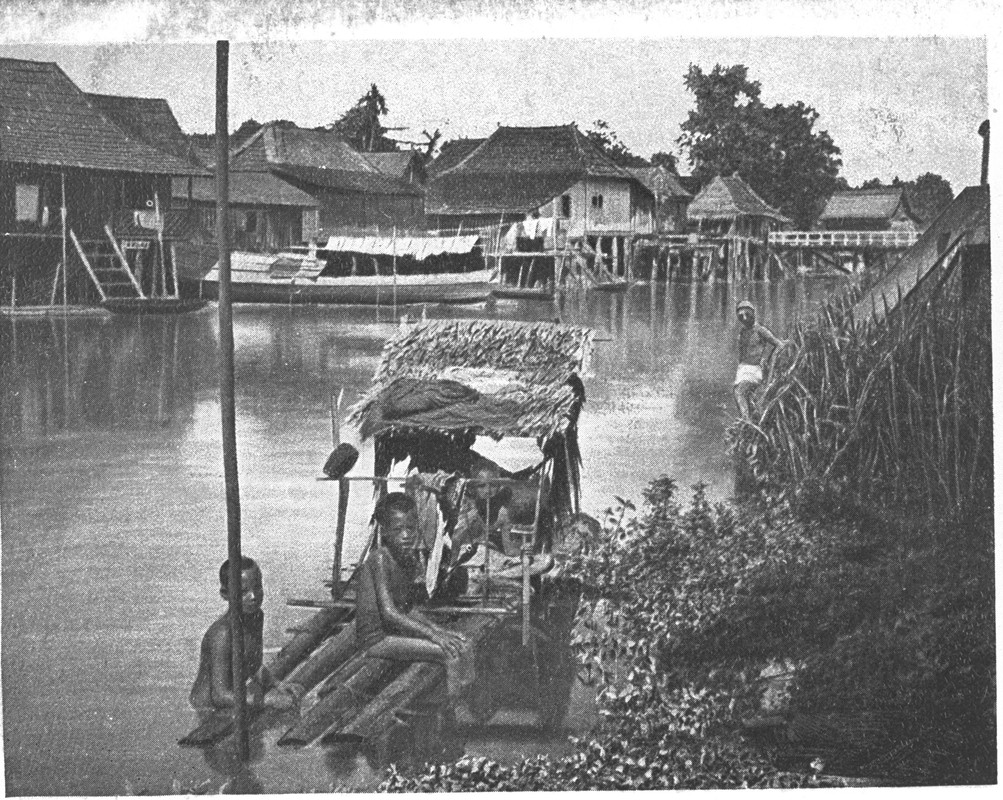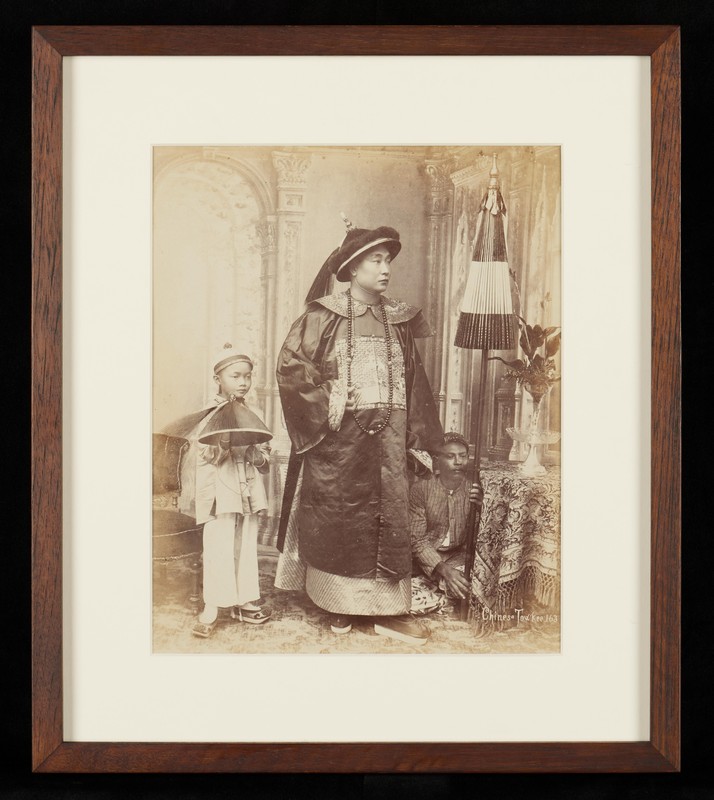Winds of trade: Chinese junks in early Singapore
The Oversea-Chinese Banking Corporation (OCBC) is one of Singapore’s three major local banks. It has a sailboat in its logo, which reflects Singapore’s history.
Since the 15th century, the junk — a type of Chinese sailing ship — had made its mark on Southeast Asia,1 deeply influencing the development of the Chinese communities in the region.
According to research by Chinese historian Tien Ju-k’ang (1916–2006), the 1,500- to 2,000-ton clippers built by the Portuguese by 1850 were considered large in the context of European shipbuilding history. In reality, however, Chinese junks had already achieved such heights as early as the 12th century, and they were capable of accommodating over 1,000 passengers.
Malaysian historian Lee Yip Lim (1935–2023) believed that Chinese junks played an important role in the early history of Singapore. To promote economic development, Sir Stamford Raffles (1781–1826) established a free port system. He favoured the lightweight, numerous and easily manoeuvrable Chinese junks over vessels built in other countries. He implemented liberal policies — such as reducing port tariffs — to encourage Chinese junks to navigate to Singapore.

With a rich history and a diversity of ship designs, Chinese junks played a pivotal role in fostering friendly relationships, facilitating trade, and encouraging cultural exchanges among Southeast Asian nations. The emergence of these ships, which produced the world’s greatest variety of ship blueprints, significantly contributed to these connections. Beyond exporting Straits local produce, British manufactured goods, and armaments to China, Singapore also served as a transshipment centre for the export of Chinese porcelain.
At the same time, Chinese junks also brought merchants, craftsmen, and labourers from China to Singapore. The Chinese who left their hometowns relied on these junks to inquire about news from their homeland, send money to their families, or return home for family visits and ancestral worship. The junks became a source of comfort for many Chinese people at that time. The merchants who relied on the vessels for their businesses contributed to the establishment of temples, clan shrines, and clan associations in Singapore, such as donating maintenance fees to Heng San Teng temple and Hokkien burial grounds.
It is a little-known fact that despite China’s strict prohibition on opium trafficking, Sir Stamford Raffles used frequently traversing junks to transport significant quantities of opium into China in secret. The ship merchants of junks would often hide opium below the ship’s deck to evade scrutiny by Chinese officials. During that time, British opium merchant Sir James Matheson (1796–1878) even proposed establishing a central station in places like Manila, in the Philippines, as well as Singapore, to help with the transportation of opium into China.
Entering choppy waters
Later on, the influence of junks waned across Southeast Asia. They were at their peak from 1841 to 1842, when the tonnage of entering ships reached a high of 18,400 tons. After that, the overall tonnage saw a continued decrease. By 1865 and 1866, it had dwindled to just 3,280 tons. Chinese junks could no longer maintain their absolute dominance in the early external trade of Singapore, signalling an irreversible decline.
The main reasons for the decline of junks can be traced back to the implementation of the Treaty of Nanking in 1842. This treaty opened China’s doors to foreign trade, allowing foreign ships to directly enter Chinese ports and rivers without relying on Chinese junks.
In addition, the intrusion of foreign powers led to chaos and poverty in Chinese society, which hindered the normal development of the manufacturing techniques and operational methods of junks.
Coastal piracy in China further deterred many Malayan Chinese merchants from using junks, due to the risk of loss. They began turning to cheaper, safer, and insured European sailing ships.
Over time, European sailing ships gradually replaced Chinese junks. Today, we can only glimpse the traces of junks in Singapore’s early history in historical photographs.
This is an edited and translated version of 早期新加坡的中国帆船. Click here to read original piece.
| 1 | The junk, a type of Chinese sailing vessel with fully battened sails, was in use since ancient China. |
Kua, Bak Lim, ed. Xinjiapo huaren tongshi [A general history of the Chinese in Singapore]. Singapore: Singapore Federation of Chinese Clan Associations, 2015. | |
Kwa, Chong Guan and Kua, Bak Lim, eds. A General History of the Chinese in Singapore. Singapore: Singapore Federation of Chinese Clan Associations, 2019. | |
Lee, Yao Lim. “Zhongguofanchuan yu zaoqi de xinjiapo” [Chinese sailing ships and early Singapore]. In Xinjiapo huazu shilun ji [Essays on Singapore’s Chinese community], edited by Kua Bak Lim and Ng Chin Keong, 1–10. Singapore: The Association of Nanyang University Graduates, 1972. | |
Tien, Ju-k’ang. 17–19 shiji zhongye zhongguofanchuan zai dongnanya [Chinese sailing ships in Southeast Asia from the 17th to 19th Century]. Shanghai: Shanghai People’s Publishing House, 1957. |










